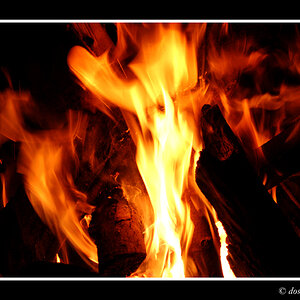MarshallClay
TPF Noob!
- Joined
- Apr 17, 2017
- Messages
- 15
- Reaction score
- 5
- Location
- Indiana
- Can others edit my Photos
- Photos OK to edit
Hello!
I was wondering about the light meter on my camera. From what I had come to understand when I first started shooting in manual, the goal was to get the marker right in the middle for good exposure.
Photos from my camera seem to have a tendency to look quite underexposed when I am in the middle of the meter. I have to go about 5-6 ticks above the middle of the meter to get what looks to me to be a photo of good exposure.
Is this a normal thing?
I use a Nikon D3400 if that helps at all.
Thanks!
Might be normal and might not -- show us pictures.
Nice camera -- why us it in Manual mode? Put the camera in Programed auto or Aperture priority or Shutter priority like the Pros do and stop fooling around with that amateur Manual stuff. With the camera in an auto/semi-auto exposure mode find the +/- exposure comp. control and learn to activate it. That will allow you to shift the exposure more or less.
What metering mode are you using? Your camera has multiple metering modes including matrix, average, weighted average and spot -- where is yours set? And show us pictures.
Joe
I have to admit this is the first time I have ever heard of anyone saying that manual mode is for amateurs, both from the studio, wedding, and street photographers I've met in person, and from any online article or video I've seen.
BUT with that being said, the auto/semi-auto exposure mode and exposure comp seems extremely valuable for me.
Right now I have it in matrix metering. And here are some photos (one is center on the light meter, and the other is 5-6 ticks above. Honestly, in this situation, even the second image seemed underexposed to an extent).View attachment 143479View attachment 143480
OK, here's your problem:
View attachment 143486
You had an exposure compensation already set on the camera. You're looking for the +/- symbol (generally a button) on your camera. -2 is a pretty major underexposure -- you're telling the camera with that setting that you want a 2 stop underexposure. You got what you asked for.
Joe
My crack about shooting manual being amateurish was to a degree sarcasm. There's nothing wrong per se with using a camera in full manual. The problem is that new photographers are very often given faulty advise about shooting manual and what would be sound reasons for doing so. If you're going to use the camera in manual mode but still rely on the internal meter in the camera then for the most part you're just manually setting the same exposure the camera would set anyway in an auto mode -- you're just slower.
The bottom line is: are you calling the shots or are you abdicating control to a set of algorithms in the machine. You can be fully in control and use the camera's semi-auto modes or Program shift mode just as well as you can using full manual. There are subtle variations one way or the other where the advantage tips slightly but it's nothing like the nonsense you typically here on the internet.
Your meter: you have the camera set to matrix meter mode. Read up on that and make sure you understand how it works. So much of all this is two sided. Matrix metering is more sophisticated than a metering mode that only takes a measurement. The advantage of matrix mode is that the camera software runs a set of predictive algorithms that try and improve the result while the disadvantage of matrix mode is that the camera software runs a set of predictive algorithms that try and improve the result.
You did hit it right on the head. I never even noticed this setting on my camera before. Apparently I must have changed it without knowing.
I also totally understand your standpoint on manual shooting.
Thank you so much, Joe. I really cannot thank you enough.




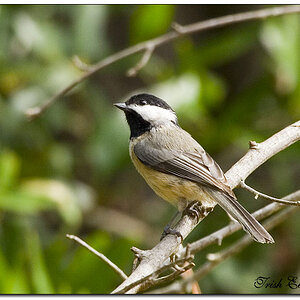
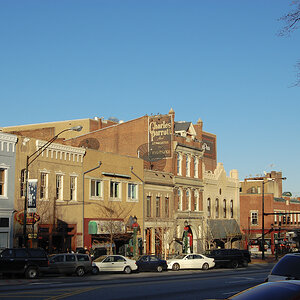
![[No title]](/data/xfmg/thumbnail/41/41936-6640bf1c1d4b16a38584d756ef285c5e.jpg?1619739947)
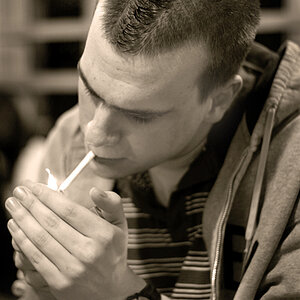
![[No title]](/data/xfmg/thumbnail/36/36677-3b91df53323d0850489794f28b3b9800.jpg?1619737677)
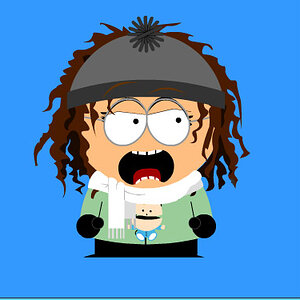
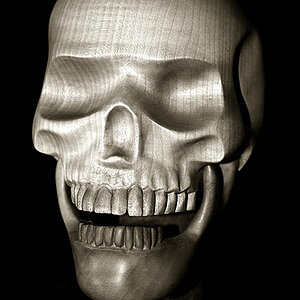
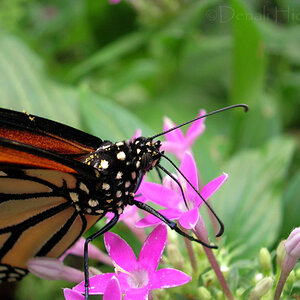

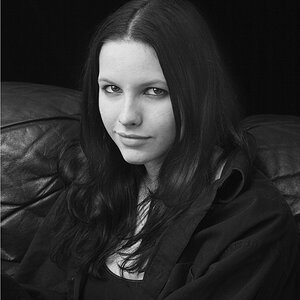
![[No title]](/data/xfmg/thumbnail/36/36676-cb11e40ab23f22c2a0af6fbf4ab02371.jpg?1619737676)
